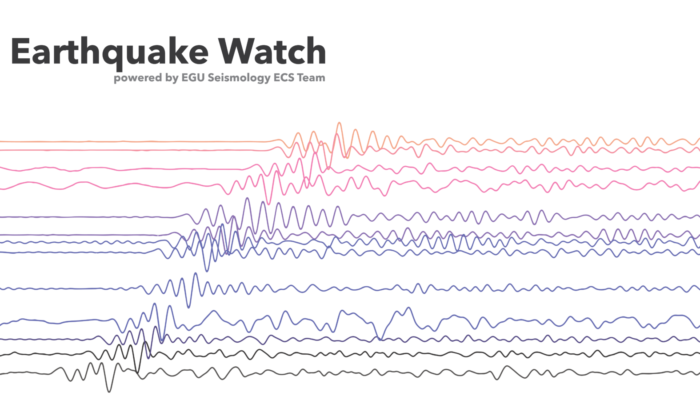
South America is one of the most seismic regions where the collision of several tectonic plates is shaping the topography along the Pacific coast. On January 31, an Mw5.6 earthquake hit Southern Guyana near the border with Brazil. This event was largely felt in Boa Vista (Brazil), the nearest main city close to the epicentre (Figure 1, EMSC).

Figure 1 | Location and felt reports received for the M 5.6 Guyana earthquake. Credits: EMSC @LastQuake
Relatively small damages were reported and fortunately no injuries. The region is not used to have many earthquakes. Only six historical earthquakes with magnitude M6 or above are known in this zone (Figure 2), and the largest one was in 1885, an M6.9 event (white star in Figure 3, Assumpção and Veloso, 20201).

Figure 2 | Earthquakes magnitude above 6.0 in the stable continental region of South America showed in gray circles and the white star (Assumpção and Veloso, 20201).
From the location of this earthquake and what we know from surface geology, this event occurred in the middle of the Guyana shield (Figure 3a, Assumpção and Veloso, 2020; Casquet et al., 20122). Precambrian shields are defined as quiet regions (low seismic activity) where most deformations are located at the edge where we can find orogenic belts. On January 31, this event surprise inhabitants as shown in the description of the scene from a testimony:

Figure 3 | Geological setting and focal mechanism estimated by USGS (a) Geological map of the Guyana Shield (structure 1a) and (b) Regional seismicity from Brazilian and ISC catalogue (modified from Assumpção and Veloso, 20201 and reference therein).
The preliminary seismic analysis showed a shallow event ( ~11 km depth) with a reverse faulting focal mechanism associated with the reactivation of old structural heritage. InSAR analysis (Figure 1) brings extra constraint on the fault plane with an NW-SE orientation fault (surface trace of ~6 km length) and displacements close to ~20 cm (Sotiris Valkaniotis @SotisValkan).
What can we learn from this event?
A Precambrian shield can sometimes experience moderate earthquakes (>5.0), which could generate damage on infrastructures (roads, bridges) and houses. Regions with low seismic activity are generally not prepared, and people do not know how to react when an earthquake happens. It is essential to teach the local population and the next generation about earthquakes and the danger associated with them. To avoid rebuilding infrastructures after each event and having human losses, it is also essential that the authorities and inhabitants know and follow building codes regulations associated with seismic hazard. In 2019, a shallow Mw5.6 event hit Pakistan (Kashmir event) causing the death of forty people. One of the main differences with the Guyana event is probably the population’s density in this region. Two days after the mainshock, ten aftershocks located near the epicentral area were recorded. The largest with a magnitude mb4.3.
January earthquakes
Philippines earthquake – 21st January – M7.0
South Shetland Islands (Antarctica earthquake) – 23rd January – M6.9
Mongolia earthquake – 11th January – M6.7
References
-
-
- 1 Assumpção, M., & Veloso, A. V. (2020). The 1885 M 6.9 earthquake in the French Guiana–Brazil border: The largest midplate event in the nineteenth century in South America. Seismological Research Letters, 91(5), 2497-2510.
- 2 Casquet, C., Rapela, C. W., Pankhurst, R. J., Baldo, E. G., Galindo, C., Fanning, C. M., … & Saavedra, J. (2012). A history of Proterozoic terranes in southern South America: From Rodinia to Gondwana. Geoscience Frontiers, 3(2), 137-145.
-
Note: This blog corresponds to a brief seismological review of the preliminary results about a mainshock event and seismic activity. An earthquake can be disastrous for neighbouring towns and people. When our team picks an “Earthquake of the month” (now “Earthquake Watch”) it is important to keep in mind that we are not looking for the most mediatic and deadly one. We are generally looking for regions where we can learn more about the seismic hazard, seismotectonic background, and social impact, which we put together with preliminary contributions. Understanding the seismic hazard is one way to address disaster risk reduction and develop resilient cities. As EGU Seismology ECS Team, our thoughts are with the earthquake struck communities in this challenging time.
This blog post was written by ECS representative Javier Ojeda
with revisions from ECS representative Walid Ben Mansour and Maria Tsekhmistrenko
